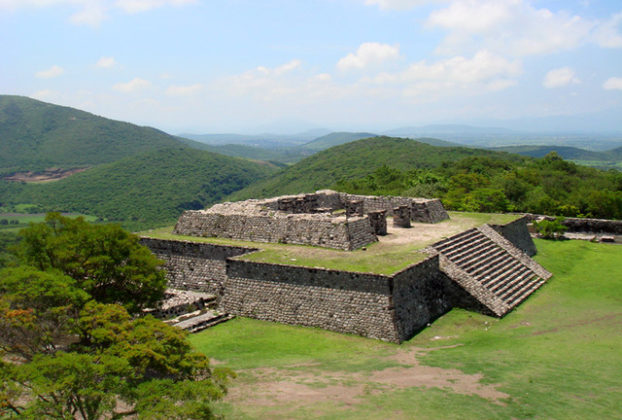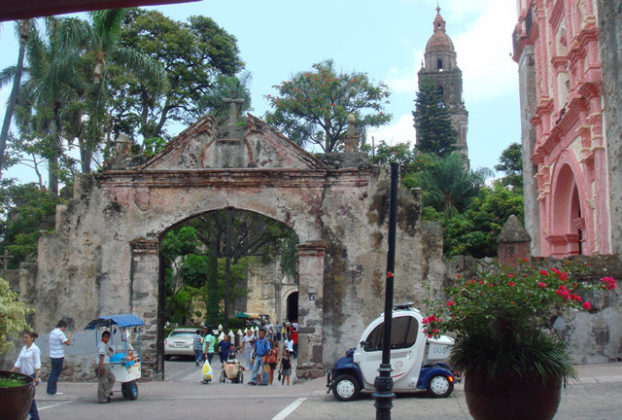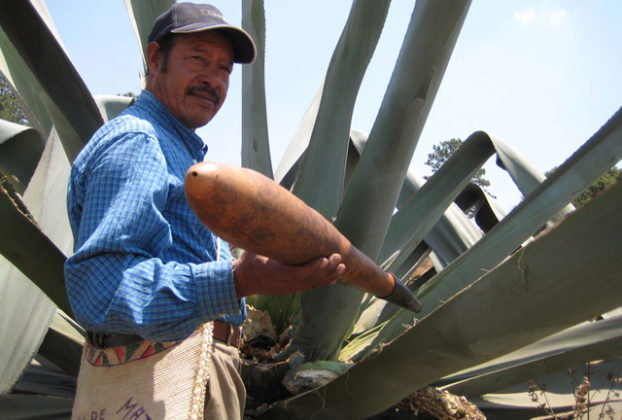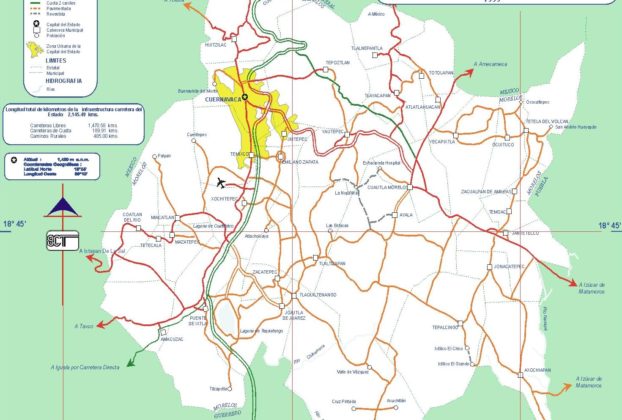Busting ghosts at Xochicalco, Morelos: A UNESCO World Heritage Site
These days, for some tourists, it seems that physical history, a sense of history, a sublimity of walking in the footsteps of the ancients by the light of nature itself, is not enough – one’s senses, incapable of an exercise of pure imagination, need to be kick-started into an appreciation of one’s surroundings. Flashing laser […]
Continue Reading







